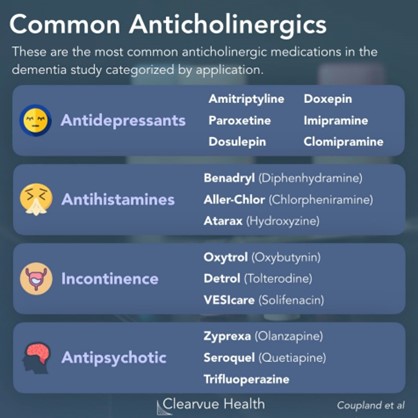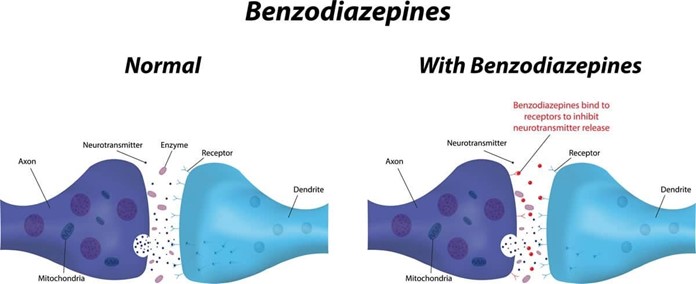A client currently taking a first-generation antipsychotic (FGA) comes to the clinic for evaluation. The client presents with a shuffling gait and mild tremors. Which order would the nurse expect the provider to give?
Order a direct dopamine antagonist.
Increase the dose of the antipsychotic medication.
Withhold the medication for two days.
Order an anticholinergic medication.
The Correct Answer is D
Anticholinergic medications can be used to treat extrapyramidal symptoms (EPS) such as tremors and shuffling gait that can occur as side effects of first-generation antipsychotics ¹².
Option A is not correct because a direct dopamine antagonist would not be used to treat EPS.
Option B is not correct because increasing the dose of the antipsychotic medication could worsen EPS.
Option C is not correct because withholding the medication for two days could lead to a relapse of the underlying condition being treated by the antipsychotic.

Nursing Test Bank
Naxlex Comprehensive Predictor Exams
Related Questions
Correct Answer is C
Explanation
Benzodiazepines are medications that work in the central nervous system and are used for a variety of medical conditions such as anxiety, seizures, and alcohol withdrawal ². They work by blocking excessive activity of nerves in the brain and other areas in the central nervous system ². While benzodiazepines can be effective in treating these conditions, they are not a cure and should be used as part of a comprehensive treatment plan that may include counseling or other forms of therapy ¹.
Option A is not correct because benzodiazepines do not require frequent blood counts to avoid adverse effects.
Option B is not correct because the decision to stop a medication should be made by a healthcare provider based on an individual's response to treatment.
Option D is not correct because benzodiazepines are not intended for long-term use and should be used for the shortest possible time to achieve therapeutic goals ².

Correct Answer is C
Explanation
Ethosuximide is the medication of choice for the management of absence seizures ³⁵. It is a first-line medication that has been shown to be effective in treating absence seizures ⁵.
Options A and B are incorrect because carbamazepine and phenytoin are not considered first-line medications for absence seizures.
Option D is incorrect because while valproate can be used to treat absence seizures, ethosuximide is preferred due to its effectiveness and safety profile ³.
Whether you are a student looking to ace your exams or a practicing nurse seeking to enhance your expertise , our nursing education contents will empower you with the confidence and competence to make a difference in the lives of patients and become a respected leader in the healthcare field.
Visit Naxlex, invest in your future and unlock endless possibilities with our unparalleled nursing education contents today
Report Wrong Answer on the Current Question
Do you disagree with the answer? If yes, what is your expected answer? Explain.
Kindly be descriptive with the issue you are facing.

